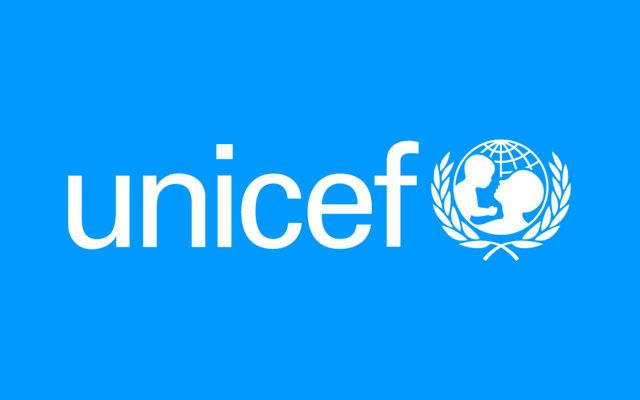This is a true story
about our
creative
agency
About Us
UNICEF, also known as the United Nations Children's Fund,[a] is a United Nations agency responsible for providing humanitarian and developmental aid to children worldwide.[2][3] The agency is among the most widespread and recognizable social welfare organizations in the world, with a presence in 192 countries and territories.[4] UNICEF's activities include providing immunizations and disease prevention, administering treatment for children and mothers with HIV, enhancing childhood and maternal nutrition, improving sanitation, promoting education, and providing emergency relief in response to disasters.[5]
UNICEF is the successor of the United Nations International Children's Emergency Fund also known as the UNICEF, created on December 11, 1946, in New York, by the U.N. Relief Rehabilitation Administration to provide immediate relief to children and mothers affected by World War II. The same year, the U.N. General Assembly established UNICEF to further institutionalize post-war relief work.[6] In 1950, its mandate was extended to address the long-term needs of children and women, particularly in developing countries. In 1953, the organization became a permanent part of the United Nations System, and its name was subsequently changed to its current form, though it retains the original acronym.[1]
UNICEF relies entirely on voluntary contributions from governments and private donors. Its total income as of 2020 was $7.2 billion; of which public-sector partners contributed $5.45 billion.[7] It is governed by a 36-member executive board that establishes policies, approves programs, and oversees administrative and financial plans. The board is made up of government representatives elected by the United Nations Economic and Social Council, usually for three-year terms.